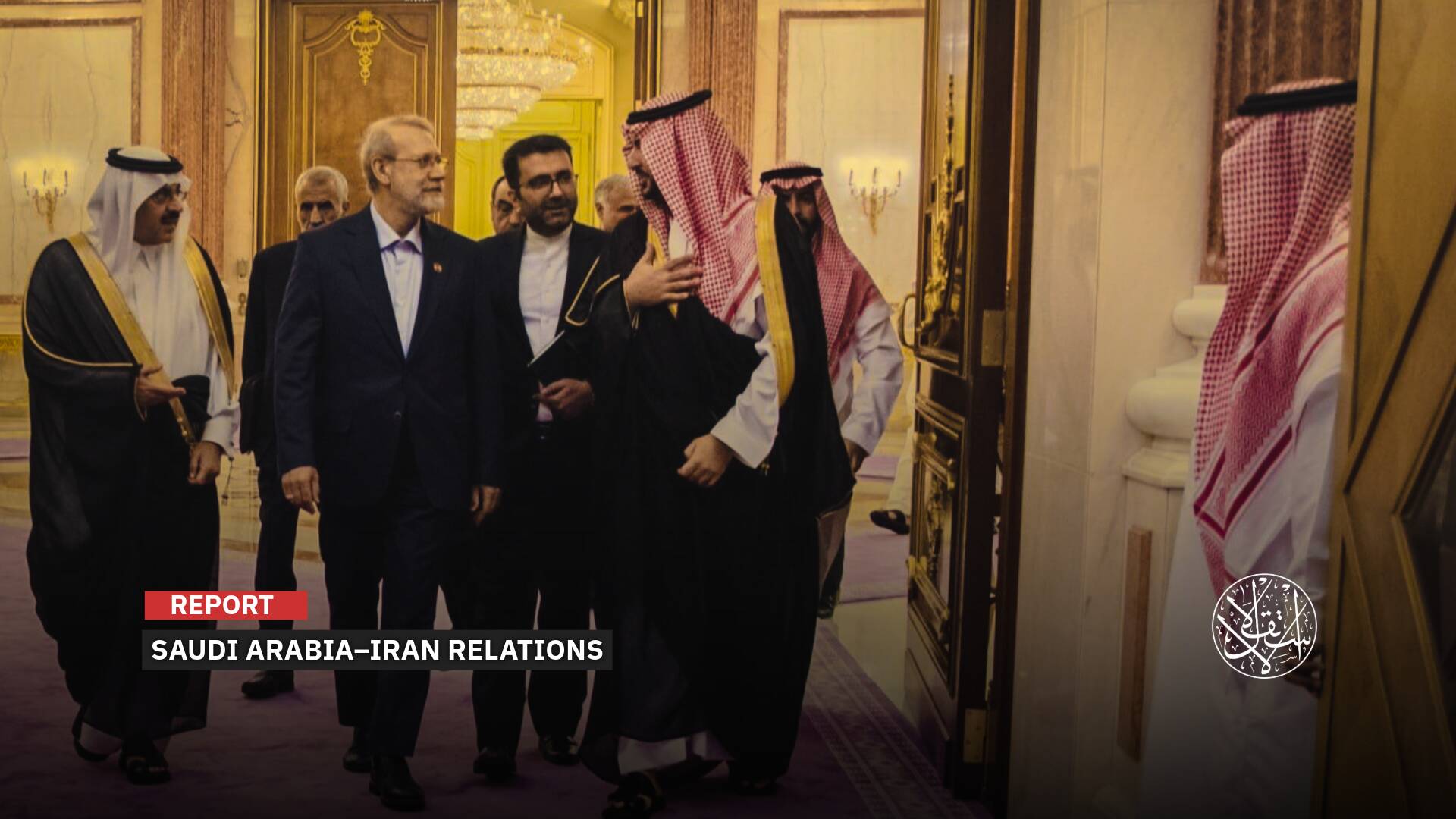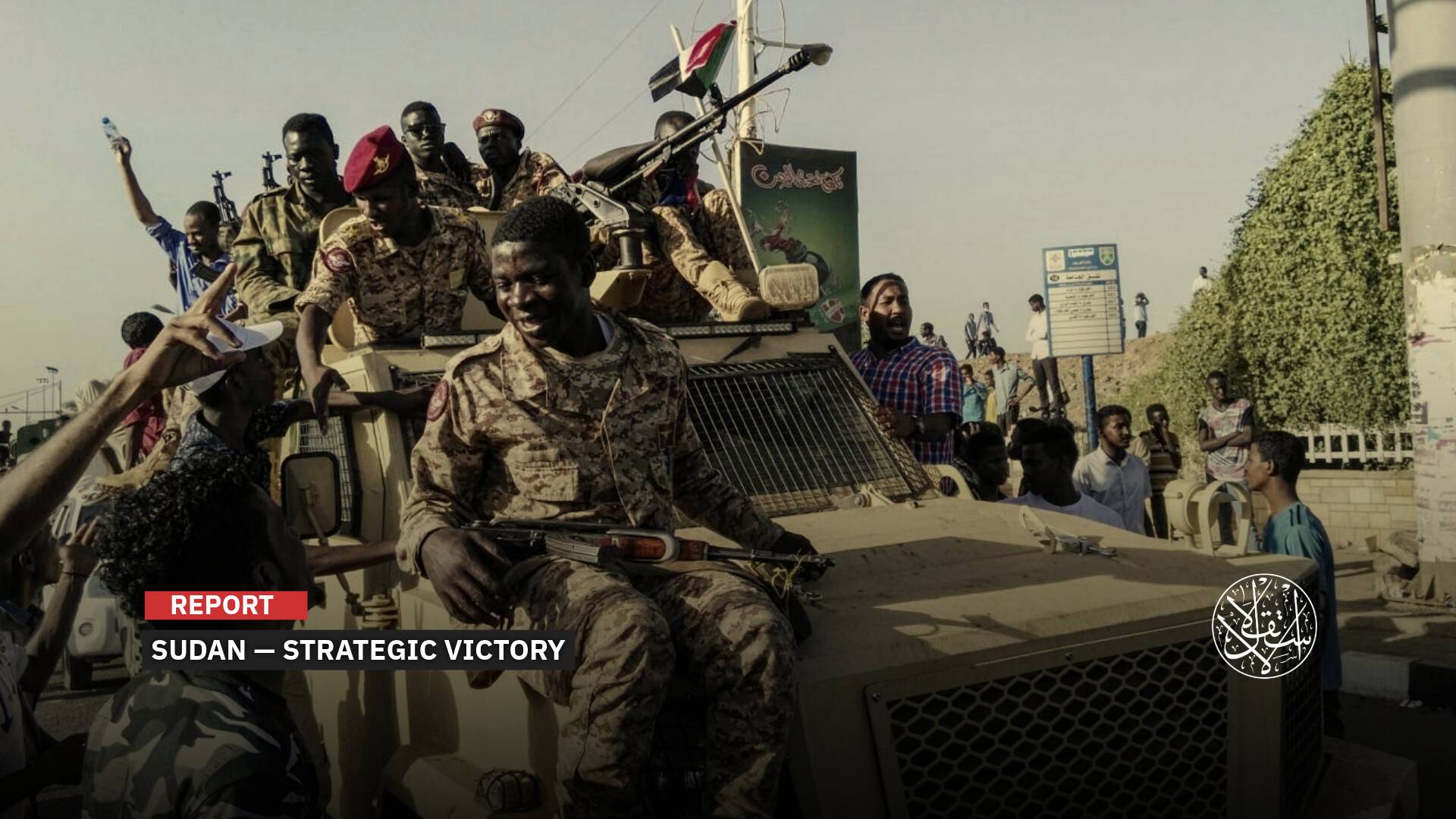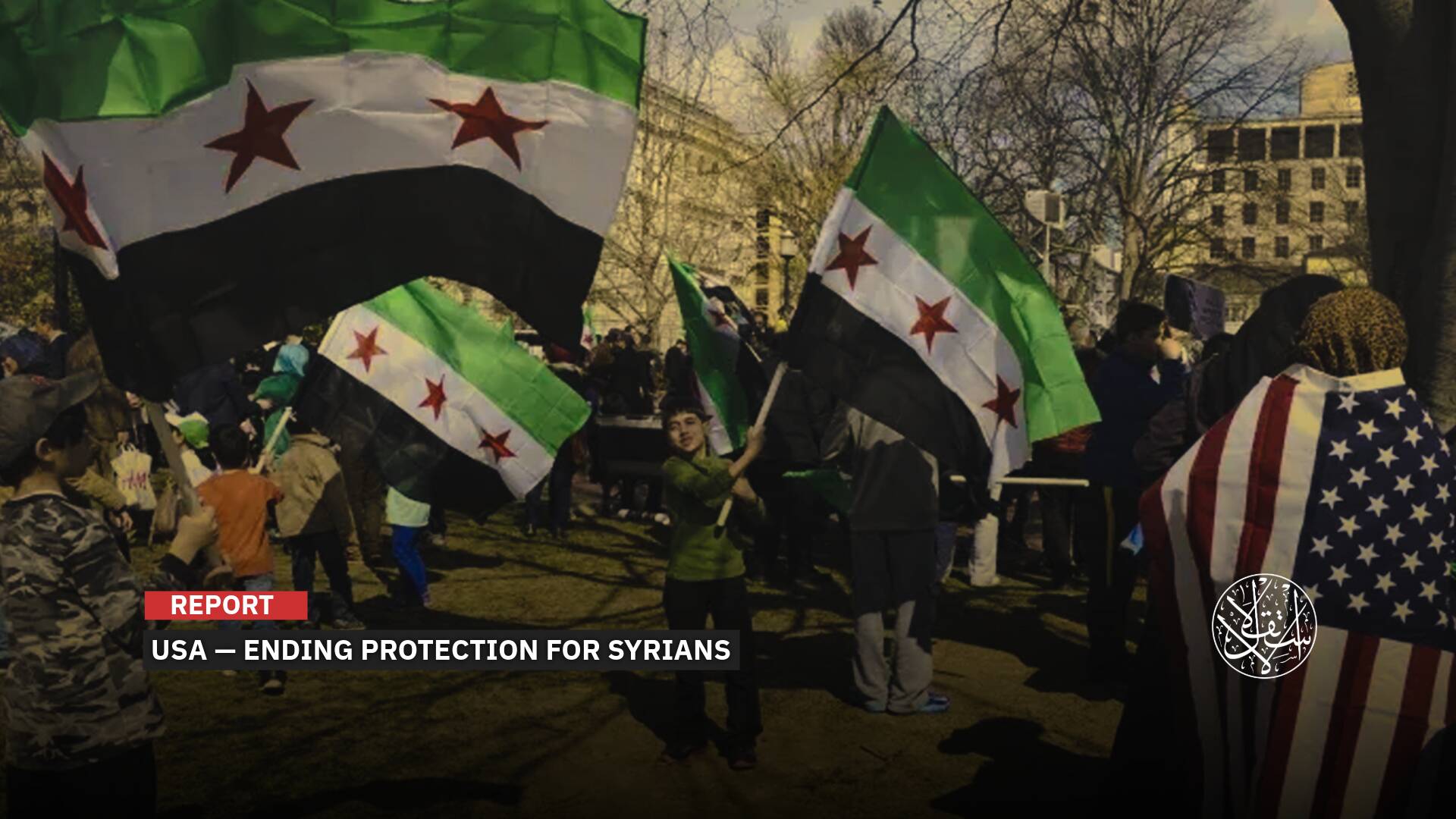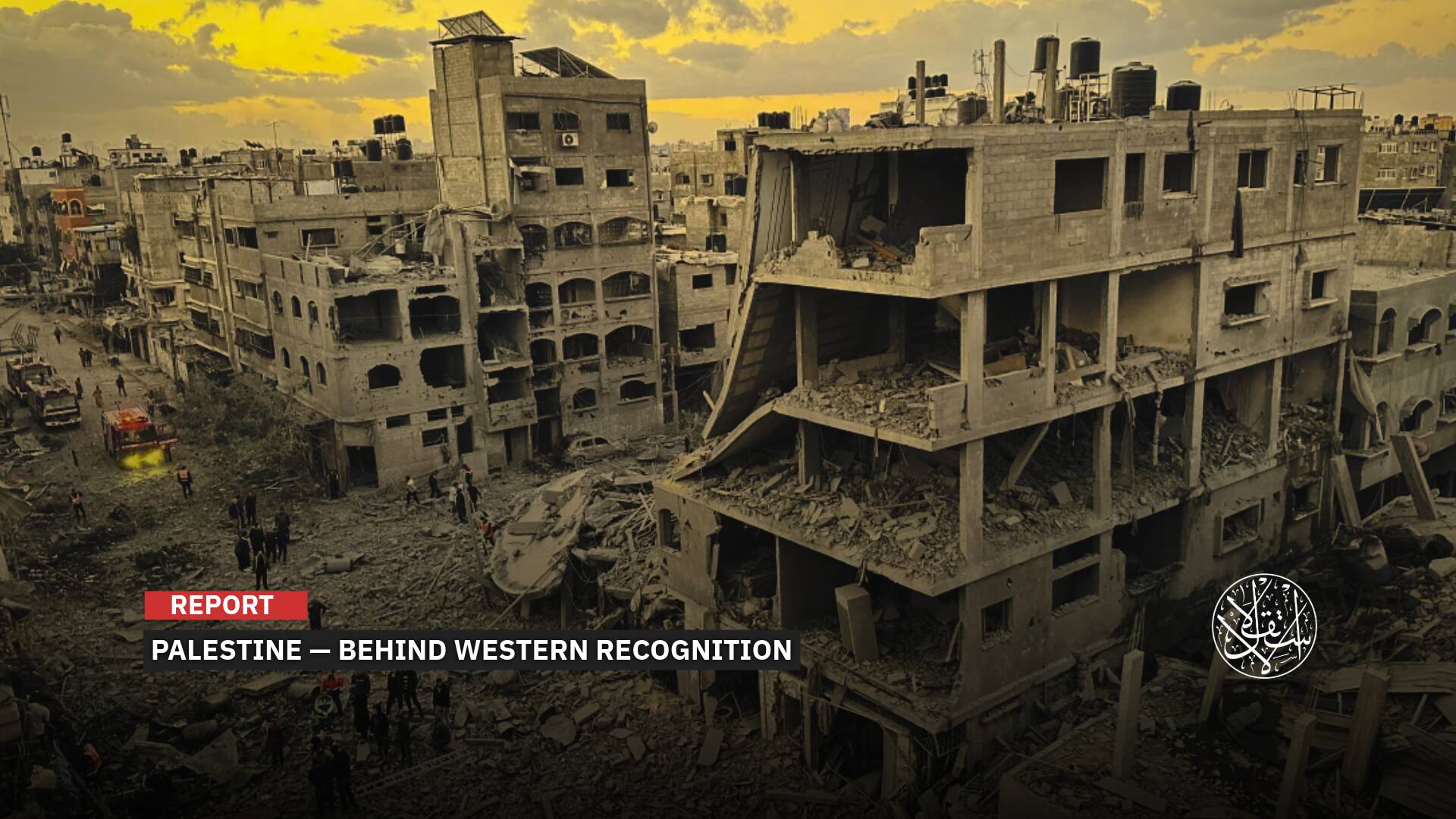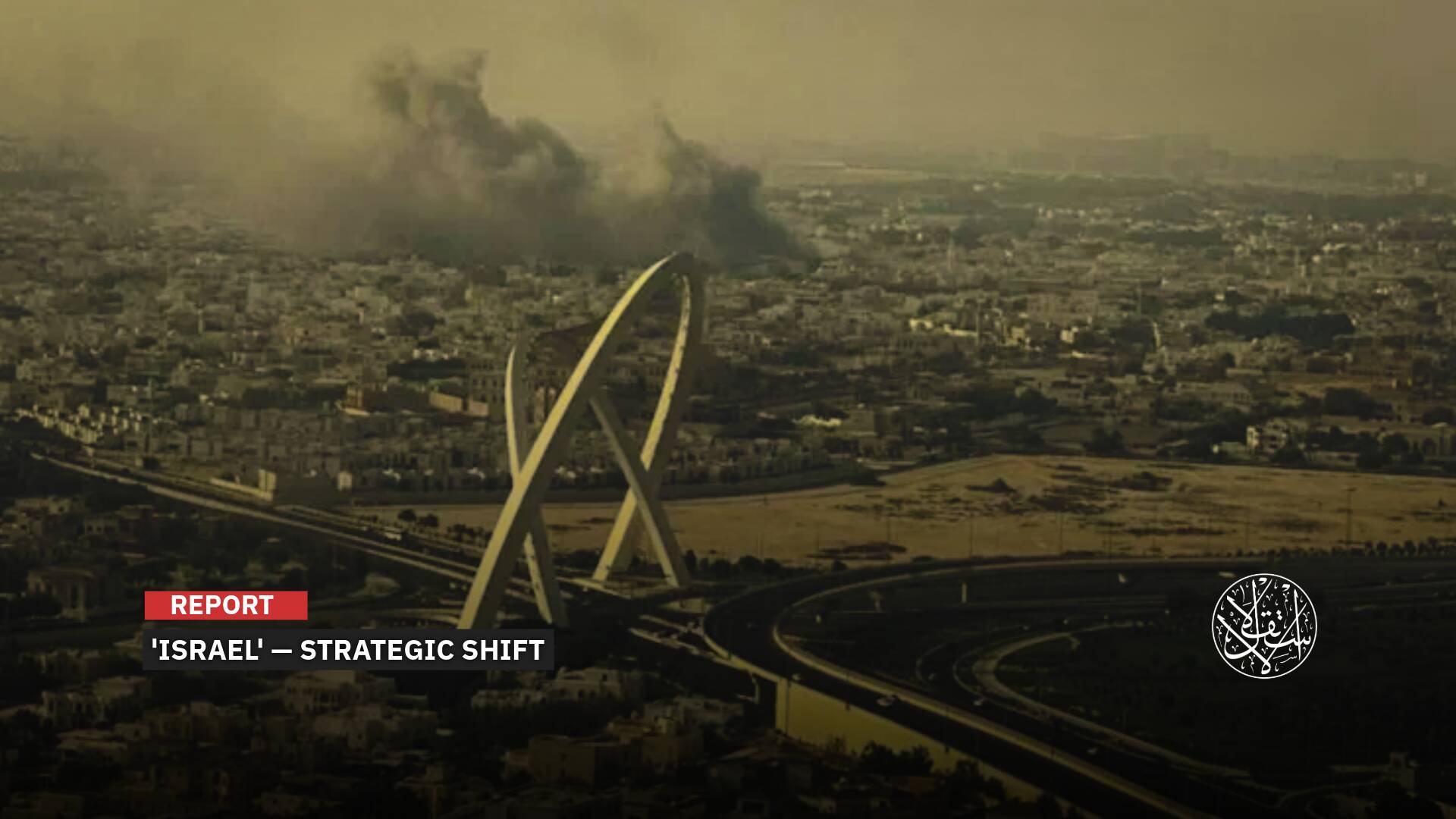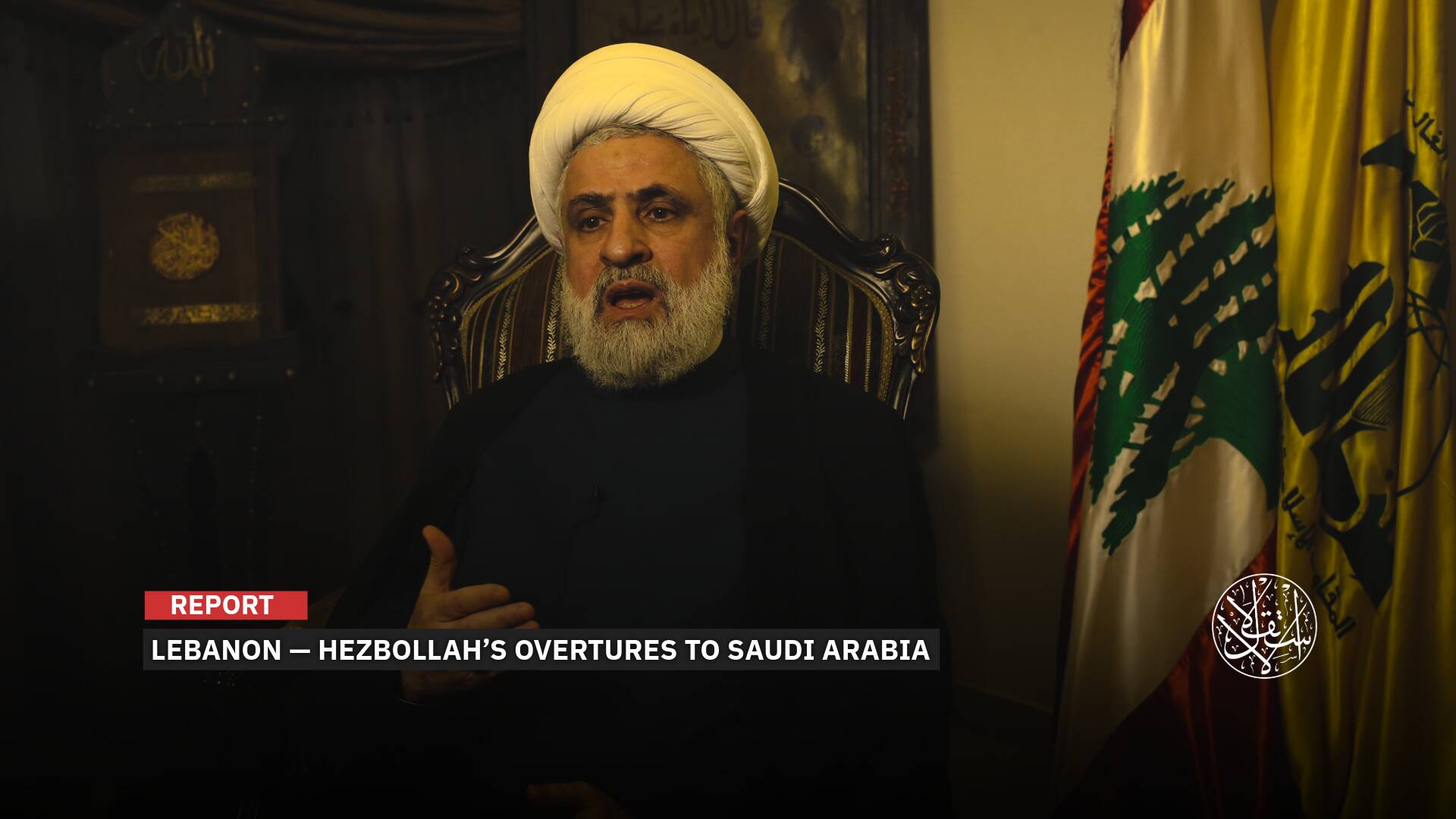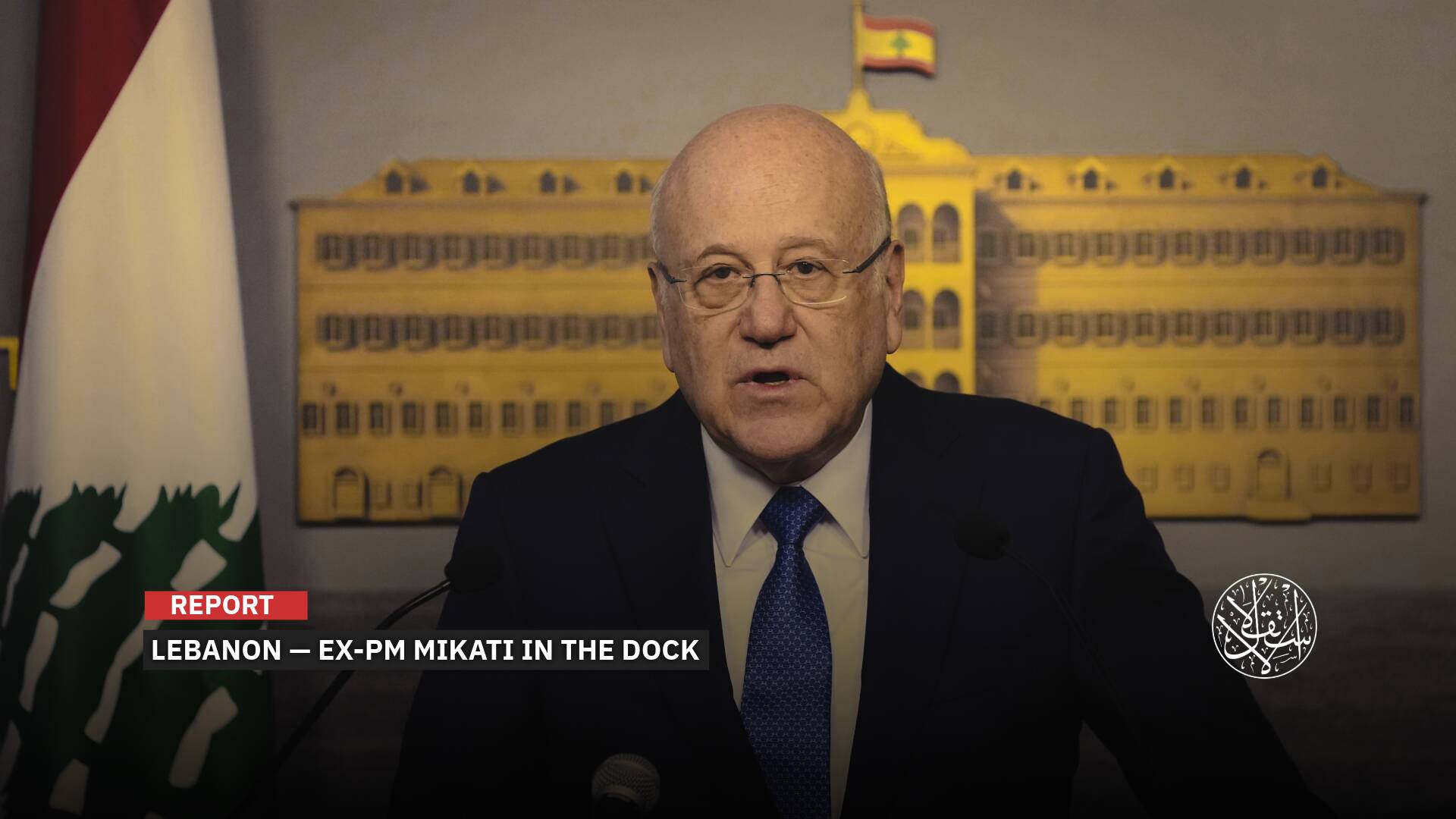Confrontations Between Saudi and Emirati-Backed Forces: Has the Settling of Accounts in Yemen Started?

The Yemeni regions around the Bab al-Mandab Strait (or the Gate of Grief) are witnessing an intense power struggle between various military factions backed by the UAE and Saudi Arabia.
Specifically, this conflict involves the Joint Forces led by Tareq Saleh and the Giants Brigades led by Abd al-Rahman al-Mahrami, also known as Abu Zara’a.
The significance of the Bab al-Mandab Strait lies in its status as one of the world’s most crucial maritime passages and a hub for shipping activity. Connecting the Red Sea and the Gulf of Aden, it sees the transit of around 25,000 vessels annually, accounting for 7% of global maritime trade. Its importance is further underscored by its link to the Suez Canal and the Strait of Hormuz.
The city of al-Mokha serves as the main gateway to the Taiz Governorate from the western side. It also acts as the sole access point from the north to the Dhubab District and the Bab al-Mandab Strait.
The city boasts a strategically significant port that overlooks the Red Sea. Consequently, control over al-Mokha often fuels tensions among various military factions.
Thwarting the Plan
Escalating conflicts between the Giants Brigades and the Joint Forces have arisen following military movements by Tareq Saleh’s forces (the nephew of the former Yemeni President) in areas under the influence of al-Mahrami forces, supported by the tribes of al-Sabiha, a major tribe in the Lahij Governorate, along the same coastal strip.
Tareq Saleh’s forces exert control over the coastal strip stretching from the city of Khokha in Hodeidah Governorate, on the west side of the country, passing through al-Mokha with its strategic location at the southwestern tip of the Arabian Peninsula, all the way to Dhubab in the Taiz Governorate. They share control of this region with the Giants Brigades.
Backed by the United Arab Emirates, the Joint Forces and the Giants Brigades were formed in 2015. However, Saudi Arabia managed to infiltrate the latter, providing support in the Lahij Governorate under the leadership of al-Mahrami, also known as Abu Zara’a.
On June 20, 2023, Yemen news outlet, Al-Jadeed Press, reported that Saudi Arabia decided to reward a member of the Presidential Council and Vice President of the Transitional Council, Abd al-Rahman al-Mahrami, following his rebellion against Aidarus al-Zoubaidi, the President of the Council backed by the UAE, who advocates for the separation of Southern Yemen.
The source, citing undisclosed media sources, stated that Saudi Arabia directed the payment of salaries to the Giants Brigades on the western coast, led by al-Mahrami, at a time when other factions affiliated with al-Zoubaidi have been facing the consequences of salary suspensions for months.
It suggested that Saudi Arabia is attempting to elevate the position of al-Mahrami over other leadership figures within the Southern Transitional Council.
On September 10, 2020, clashes erupted between the forces of the Southern Transitional Council, backed by the UAE under the leadership of Aidarus al-Zoubaidi, and those supported by Saudi Arabia in southern Yemen, as reported by the Turkish Anadolu Agency.
A government military source (not named) was quoted as saying that “intense confrontations erupted between the Transitional Council forces and the Giants Brigades, supported by Saudi Arabia, in the Lahij Governorate.”
The source confirmed that “forces affiliated with the Transitional Council established military positions in a disputed area, leading to the outbreak of clashes.”
The source added at the time that “the confrontations took place around the al-Anad Air Base in Lahij and resulted in casualties and injuries on both sides.” The source also confirmed that the forces affiliated with the Transitional Council captured 7 soldiers from the Saudi-backed forces.
Saudi Push
Viewed from another angle, the ongoing conflict in the areas overlooking the Bab al-Mandab strait, south of Taiz and north of Lahij provinces, has revealed the intensifying rivalry between factions aligned with Saudi Arabia and those allied with the United Arab Emirates (UAE).
According to a report by the Lebanese newspaper al-Akhbar, which is affiliated with Hezbollah, the escalation of the conflict is centered between the factions loyal to Saudi Arabia and those affiliated with the UAE.
The newspaper elaborated in its report on July 31, 2023, that the conflict has intensified between the two sides after Riyadh pushed for factions loyal to it to take control of extensive areas in the strategic directorates of al-Madaribah and Ras al-Arah.
These regions overlook the international strait. This move prompted the UAE to mobilize its allied forces, led by the member of the Presidential Council, Tariq Saleh, in al-Mokha.
Saleh’s move aimed to deploy hundreds of personnel along the coast within the Tur al-Bahah district in an effort to establish maritime control over the coasts of al-Madaribah and Ras al-Arah, extending all the way to the coasts of Ras Imran, which is near the city of Aden.
However, this step faced resistance from al-Sabiha tribes, from which the Riyadh-affiliated factions in Lahij province originate, according to Al-Akhbar.
The newspaper pointed out that these developments in the strategic triangle adjacent to the Bab al-Mandab strait indicate the potential for direct military confrontations between the factions loyal to both the UAE and Saudi Arabia.
If this scenario materializes, it could lead to a reduction in UAE’s influence in the strait.
This would be the first time since Abu Dhabi’s control of al-Mokha and Bab al-Mandab in 2016, as estimated by the report.
The newspaper emphasized that such a possibility has disrupted the UAE-affiliated factions, which had shifted their military weight towards Hadhramaut in eastern Yemen in order to counter Saudi influence there.
“Saudi Arabia is working to shift the conflict from Hadhramaut to the regions overlooking the Bab al-Mandab strait, enticing the UAE into a war of attrition that al-Sabiha tribes, which have previously lured factions of the Southern Transitional Council from the oil-rich Shabwa Governorate to Abyan, are expected to wage.”
With the support of the UAE, the so-called Southern Transitional Council was formed in May 2017, under the leadership of Aidarus al-Zoubaidi, with the aim of seeking secession in the south and declaring it an independent state from Yemen.
In December 2023, Abu Dhabi signed a security agreement with the Yemeni government supported by Riyadh, allowing UAE forces to intervene in the event of an imminent threat.
The agreement also includes training Yemeni forces in the UAE and deepening intelligence cooperation between the two sides, according to the newspaper.
Furthermore, the UAE is seeking to build a military base and airstrip on an island in the Bab al-Mandab strait, at the southern tip of the Red Sea, according to Gulf officials.
They added that Saudi officials privately objected to the security agreement and plans for the base, believing that the Emiratis are working against Riyadh’s main goals, which include securing the kingdom’s border with Yemen and halting the drone and missile attacks launched by the Houthis.
In response, the Saudis deployed Sudanese forces from their coalition in areas near the Emirati operations.
Emirati officials considered this a tactic of intimidation, according to Gulf officials cited by the US newspaper.

Tribal Mobilization
In light of the unfolding developments, the elders and dignitaries of the tribes in the districts of Dhubab (Bab al-Mandab), Mawza, al-Wazi’iyah, and al-Mokha held an armed meeting in Dhubab on July 30, 2023.
In their issued statement, they emphatically rejected “any armed gatherings on our lands.”
These tribes saw the armed meeting held under the name of al-Sabiha tribes in the lands of Banu al-Hakam and Bab al-Mandab as an assault on their territories. They perceived it as an attempt to provoke their tribes and al-Sabiha tribes into a social conflict that does not serve their interests, nor the interests of al-Sabiha or the entire region.
The statement called on al-Sabiha to take the same stance, rejecting any hostile actions against the joint forces (led by Tareq Saleh) that do not represent the tribes and encroach upon others’ lands under false pretenses, as in the representation of al-Sabiha.
The tribes of the Dhubab region emphasized that any armed actions against the joint forces in our lands are considered provocations. They reaffirmed their rejection of such actions and their outcomes, standing united to confront any suspicious movements within their territories, regardless of the labels used.
They further added that the remarks contained in al-Sabiha tribes’ statement, along with the resulting provocative actions that violate all norms and traditions of neighborly and tribal interactions, are aimed at sowing discord and division in their region. They believe that these actions only serve the interests of Iran’s Houthi militia.
The statement issued a warning that the tribes in the mentioned districts “will not stand idly by and will not remain passive in the face of any provocations on our lands from any armed gatherings outside the joint forces and under any guise.”

The attendees held those they described as “the recklessly impulsive in this dangerous juvenile adventure” fully responsible for the consequences of this assembly and for what may result from the mobilization, threat, and intimidation towards our people and the residents of our regions.
The statement also placed the “local authorities and security agencies fully responsible for preventing such frivolous actions” and applauded “any steps or movements of military and security units endorsed by the leadership of the joint forces in their military operations theater.” They affirmed that no one has the right to prevent or obstruct them.
This meeting comes in response to a previous armed demonstration carried out by al-Sabiha tribes, the largest tribes in the southern province of Lahij, on July 29, 2023, rejecting the movements of Brigadier Tareq Saleh in their areas.
Al-Sabiha tribes issued a strongly-worded statement at that time, giving the forces of Tareq Saleh 72 hours to leave the area and threatening to forcibly remove them if they did not comply.
This stance left the option of armed confrontation between the two sides wide open in the regions overlooking the Bab al-Mandab.
Sources
- Outputs of the meeting of the sheikhs and notables of the tribes of Dhubab, Mawza’, al-Wazi’iyah and al-Mukha (statement) [Arabic]
- Yemen: A struggle for influence between the Joint Forces and the Giants Brigades leads to tension in Bab el-Mandeb [Arabic]
- Riyadh strengthens its presence in Bab al-Mandab: Signs of a Saudi-Emirati proxy war. [Arabic]
- Al-Subiha tribes, Taiz coast fuel Saudi-UAE proxy war in Bab al-Mandab: Tareq serves as an implement for execution [Arabic]
- Bab al-Mandab Strait in the range of Tehran [Arabic]
- Saudi Arabia rewards Abu Zara'a for his rebellion against al-Zoubaidi [Arabic]
- An American newspaper reveals the details of the differences between Saudi Arabia and the UAE [Arabic]
- Clashes in Yemen between Saudi-backed forces and the "transitional" [Arabic]


